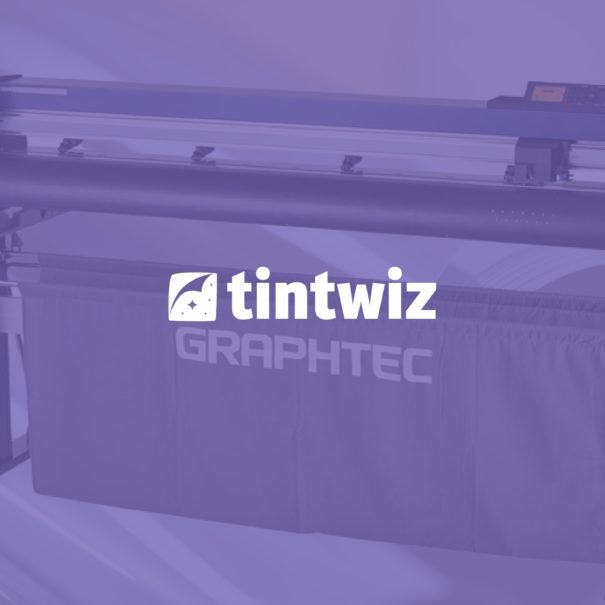An essential aspect to consider when applying window film to residential or commercial buildings is recognizing the type of glass you’re working with. The installation process doesn’t differ, but understanding the differences between tempered and annealed glass significantly impacts the performance and compatibility of the window film.
Understanding Annealed Glass
Annealed glass, a commonly used variety in the production of windows, is made using a specific process known as annealing. This involves slowly cooling the molten glass to room temperature after it has been formed. The slow cooling process is critical as it allows the glass structure to reach a stable state, reducing internal stresses that could otherwise lead to fractures or breaks.
The annealing process plays a pivotal role in enhancing the overall durability and structural integrity of the glass. By minimizing internal stresses, annealed glass can better withstand everyday wear and tear, pressure changes, and minor impacts. This makes it a suitable choice for numerous applications beyond windows, such as in decorative elements or in areas where glass strength is not a primary concern.
However, despite its widespread use and benefits, annealed glass does pose a significant safety risk. Unlike tempered glass, which breaks into small, relatively harmless chunks, annealed glass shatters into large, sharp shards when broken. These shards can pose a serious risk of injury, especially in areas with high foot traffic or where children or pets are present.
Recognizing the Characteristics of Tempered Glass
Tempered glass, alternatively known as toughened glass, holds a distinctive place in the realm of glass varieties due to its enhanced strength and heat resistance. It’s manufactured using a controlled thermal or chemical treatment process, which involves heating the glass to a high temperature and then rapidly cooling it. This treatment process instills tempered glass with its unique attributes, making it up to four to five times stronger than standard annealed glass.
The physical robustness of tempered glass enables it to endure higher levels of stress, including significant temperature fluctuations, without fracturing. This heat resistance feature makes it an excellent choice for locations exposed to direct sunlight or varying weather conditions, such as sunrooms, skylights, and commercial buildings. Additionally, the strength of tempered glass means it’s less likely to get scratched or damaged during daily use, contributing to its longevity and durability.
A standout safety feature of tempered glass is the manner in which it breaks. Unlike annealed glass, which shatters into large, dangerous shards, tempered glass fractures into small, cube-like pieces upon impact. This characteristic significantly minimizes the potential for injury, making it an especially safe choice for high-traffic areas such as entrance doors, sliding doors, or commercial storefronts. The disintegration pattern of tempered glass can also aid in the identification process for window tinters, further highlighting its distinctive traits.
Given its safety and durability features, it’s no surprise that tempered glass is often the preferred choice for many residential and commercial applications. As a window tinter, recognizing and understanding the characteristics of tempered glass broadens the range of possible tinting options.
Selecting Suitable Window Film for Annealed Glass
When it comes to applying window film on annealed glass, it’s crucial to select a film that does not absorb excessive heat. The reason being, excessive heat can induce spontaneous shattering of the annealed glass. Some types of window films, such as neutral or ceramic, can absorb substantial amounts of solar heat, rendering them risky for annealed glass.
Broadening Tinting Options with Tempered Glass
On the other hand, tempered glass, due to its heat resistance, can comfortably accommodate a wider variety of window films, including those that absorb more heat rather than merely reflecting it. Hence, identifying tempered glass in a client’s home or office broadens the range of available tinting options.
The Importance of Glass Type Identification in Window Tinting
In essence, distinguishing between annealed and tempered glass prior to applying window film is crucial to prevent potential compatibility issues and enhance the film’s performance. It not only safeguards the occupants but also extends the windows’ lifespan.
Identifying Tempered Glass for Window Tinters
- Check for a Tempered Glass Stamp: Most tempered glass will carry a stamp or marking usually located at a corner of the glass pane. The stamp typically contains the manufacturer’s name and the CPSC (Consumer Product Safety Commission) standards such as “CPSC 16 CFR 1201 CAT II”. Keep in mind that the marking can sometimes be hidden by the window frame or might have faded over time.
- Inspect for Imperfections: During the tempering process, slight imperfections may be imprinted on the glass surface. These could be minor distortions or small scratches caused by debris that got stuck to the glass surface during the heat treatment. Observing these irregularities can help you determine if the glass is tempered.
- Use Polarized Glasses: Another easy method to detect tempered glass is through the use of polarized sunglasses. While looking at the glass in sunlight, you may notice faint lines stretching across the pane – this is a sign of tempered glass. The lines are caused by the machine rollers used during the tempering process.
- Utilize Glass Detection Tools: If you’re unsure about the glass type and don’t want to rely solely on visual cues, there are specialized tools designed to identify tempered glass. For instance, the SG2700 Strengthened Glass Detector or the Merlin Lazer Toughened Glass Indicator are instruments that can help confirm if the glass is tempered, which can simplify your tinting job.
Remember, if there’s any doubt, it’s safer to assume the glass is annealed unless proven otherwise. By understanding the differences between annealed and tempered glass and learning how to identify them, you can choose the most appropriate window film for your project and ensure it performs optimally.









